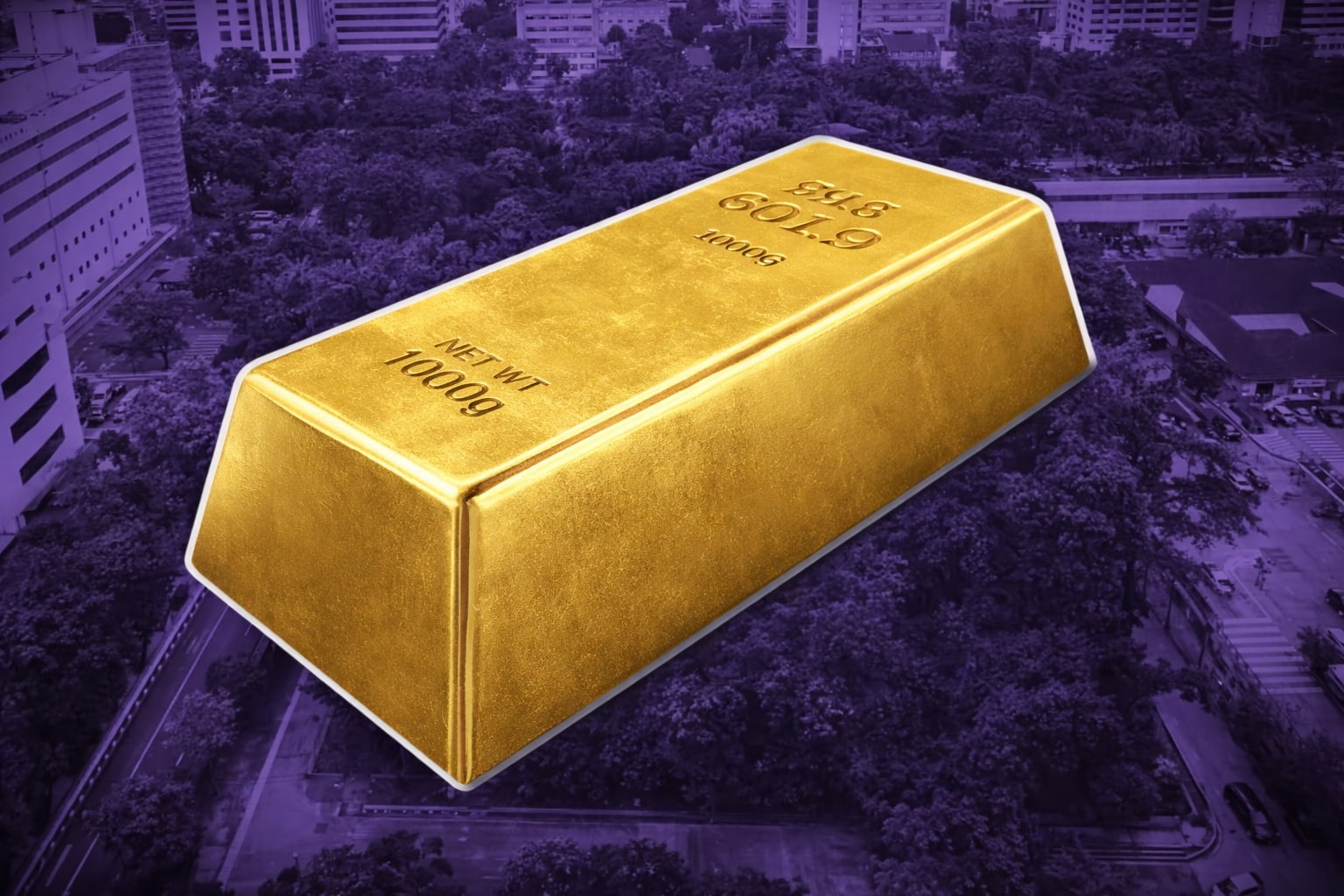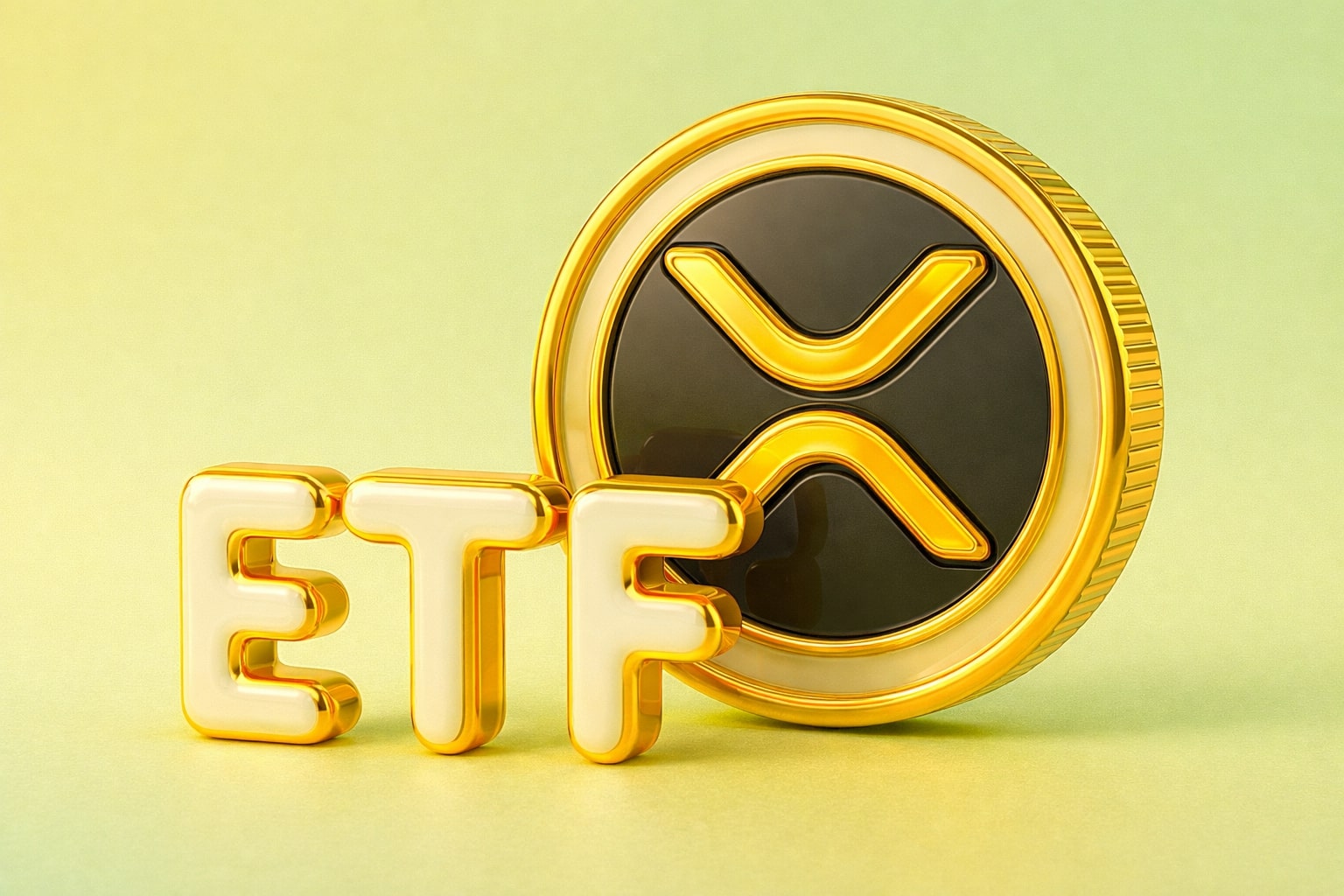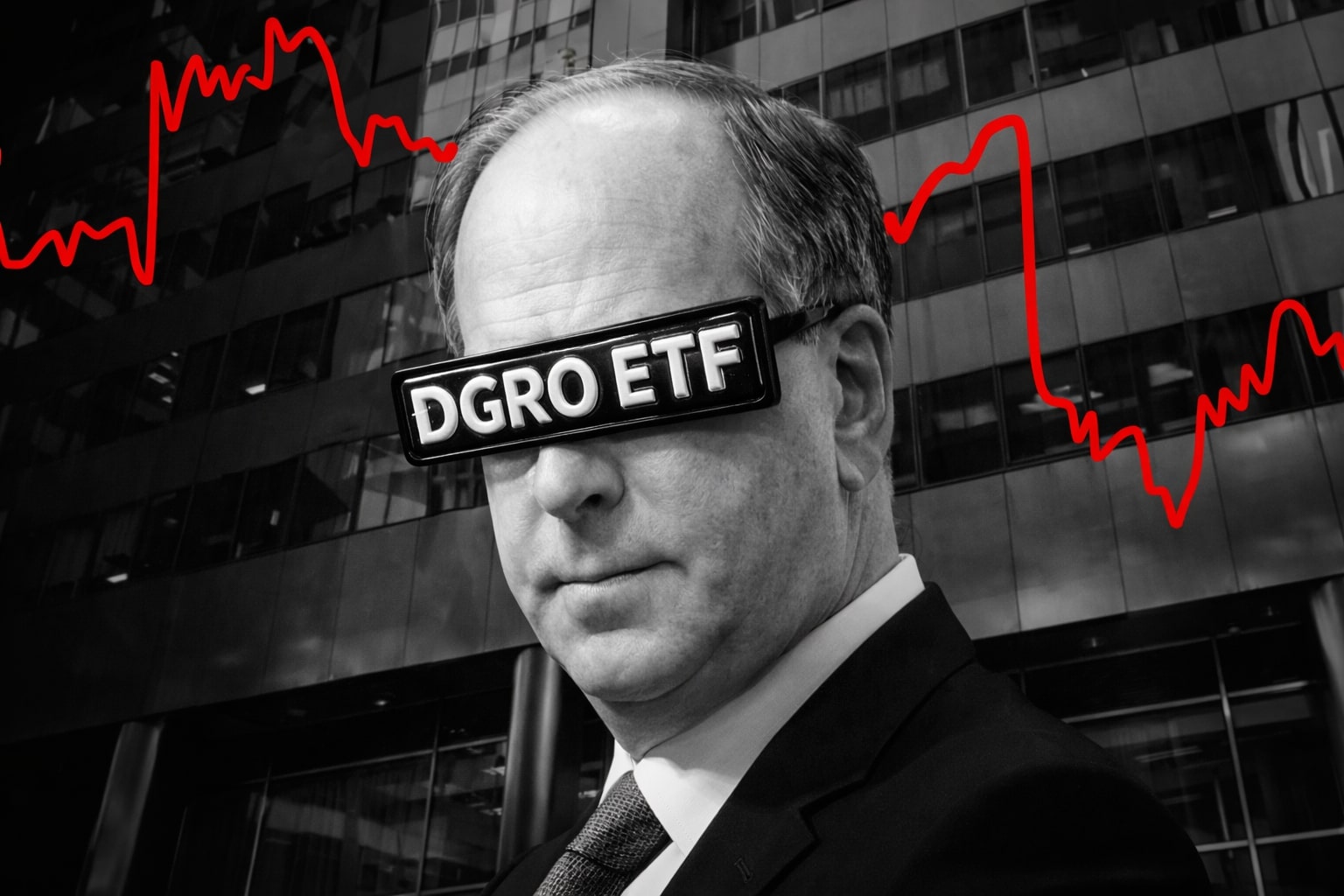Gold (XAU/USD) Price: A Downward Push to $3,245 – Should You Buy or Sell?
Gold (XAU/USD) prices have seen a significant decline recently, dipping to $3,245 in early Wednesday trading. This drop follows improved risk appetite in the markets due to a US-China trade deal that reduced tariff rates, leading investors to shift capital from safe-haven assets like gold to riskier assets. At $3,245, is this a buy opportunity for those who missed the recent surge to $3,500, or does the current dip signal further downside?
In the latest market movement, gold lost ground as the positive trade news between the US and China outweighed the typically supportive safe-haven demand for the yellow metal. The US lowered tariffs on Chinese imports to 30% from 145%, while China reduced tariffs on US imports from 125% to 10%. These developments boosted equities and market sentiment, which negatively impacted gold's safe-haven appeal. Gold's recent price drop from its highs of $3,500 was also influenced by easing geopolitical risks, notably between the US and China, and a growing risk-on environment.
Gold's Technical Outlook: Breaking Below Key Support Levels at $3,245
Technically, Gold (XAU/USD) has been showing a bearish trend. The latest price action, with the commodity slipping below the crucial $3,257 level, suggests that the bearish momentum remains intact. The price is now testing key support at $3,245, and a decisive break below this level could open the door for further downside. The next support level to watch is $3,204, which, if breached, could accelerate the decline towards the $3,172 and $3,142 levels.
On the flip side, if gold manages to hold above $3,245, there could be a potential bounce back towards the resistance at $3,265. A move above $3,265 could indicate a shift in momentum, potentially leading to a retest of $3,300, and higher levels towards $3,347 or even $3,360 in the longer term. However, the overall technical bias remains bearish as long as gold remains below $3,257.
Geopolitical Factors: Limited Upside for Gold Despite Bullish Risks
Gold has traditionally benefitted from geopolitical tensions, but recent events, such as the easing of US-China trade tensions, have temporarily reduced its safe-haven demand. The US-China agreement to pause the majority of their tariffs has improved global market sentiment, which typically weighs on gold prices. As geopolitical risks ease, investors have been more willing to shift capital to equities, driving gold prices lower.
However, there are still underlying geopolitical risks that could act as a backstop for gold prices. For example, tensions between India and Pakistan continue to rise, and any flare-up could quickly rekindle demand for gold. Similarly, the ongoing economic uncertainty caused by US tariff policies and the Federal Reserve's potential interest rate cuts remain factors that could provide support for gold in the longer term.
Gold’s Performance Amid US Economic Data and Fed Policy Speculation
The recent inflation data from the US has also played a crucial role in gold’s price movements. The US CPI for April came in at 0.2%, below expectations, which has fueled speculation that the Federal Reserve may cut interest rates later this year. Historically, lower rates tend to be supportive for gold, as the opportunity cost of holding non-yielding assets like gold diminishes. However, the modest CPI data did not provide enough support to reverse the downward trend in gold’s price.
Traders are now looking ahead to the Producer Price Index (PPI) data, due later this week, which could offer further clues about the Fed’s next move. If PPI data also comes in soft, it could reinforce expectations for Fed rate cuts, which could help gold maintain some of its bullish momentum.
Gold's Future Demand: Strong Investment and Jewelry Demand in Key Markets
Despite the recent price fluctuations, gold's long-term investment demand remains strong. Gold ETFs, particularly in China, saw significant inflows in April, with Chinese gold ETFs adding RMB 49 billion (US$6.8 billion), marking the strongest month on record. This surge in demand highlights the ongoing interest in gold as a safe-haven investment, especially amid continued economic and geopolitical uncertainties.
In addition to investment demand, jewelry consumption has also been a major driver for gold’s price, especially in markets like China. While gold jewelry demand has weakened somewhat in the short term, the price adjustment following recent declines could provide some support, as consumers return to the market during seasonal buying periods.
Conclusion: Bearish Trend with Potential for Rebound – Buy, Sell, or Hold?
At $3,245, gold is currently facing a period of uncertainty. The bullish momentum has slowed, and geopolitical tensions have eased, reducing the demand for gold as a safe haven. The technical outlook remains bearish, with key support levels at $3,245 and $3,204. However, there are still bullish factors in play, such as the potential for a future rally driven by US economic data, ongoing geopolitical risks, and strong institutional demand.
For those considering XAU/USD, the market appears to be in a waiting period. A decisive break below $3,245 could lead to further downside, but any signs of increased geopolitical risks or weaker-than-expected economic data could support a rebound. Gold remains an attractive long-term investment, but in the short-term, caution is advised.
At current levels, XAU/USD may be seen as a "Hold" until clearer signals emerge regarding economic data and geopolitical risks. If the price stabilizes and shows signs of recovery, buying in the low $3,200 range could offer a potential upside. However, if the bearish trend continues, selling or waiting for a better entry point closer to the $3,100 levels could be a more prudent decision.




















